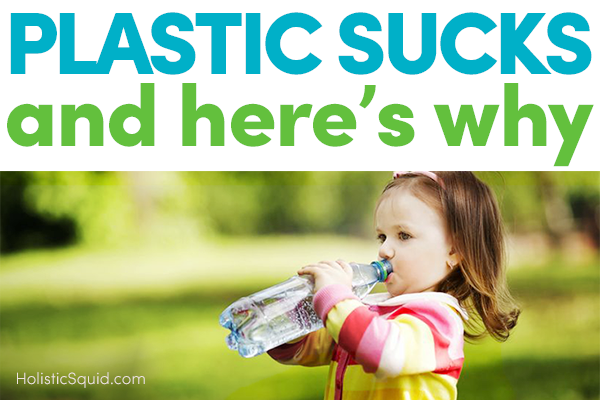
Before my son was born, I swore my house was not going to ever look like a toy box threw up there. Toys would be functional and fun, yet appealing to both children and adults' aesthetic. And NO plastic toys! Because even BPA-free plastic sucks.
But now a mom to a 2 ½ year old boy, my viewpoint has softened around the edges. I admit that my yard is often riddled with plastic dump trucks and shovels. Even though I've fought to keep those pristine and not laden with mud, I get that toys are meant to be played with and sometimes plastic happens.
Another big complaint of mine is the amount of plastic we human beings are producing, buying, and discarding. There's been a loud buzz encouraging consumers to give up plastic bags and use fewer plastic bottles. Even my husband, after attending a benefit for water awareness by GiveAGlass.org, has sworn off plastic water bottles and even goes as far as to go a bit thirsty or seek out a glass if he's forgotten his metal bottle.
Plastic is durable, cleanable, and – frankly – convenient and affordable. But plastic is no good for the environment or for your health.
Ditch the plastic because you love your body
Plastic contains harmful chemicals which are an especially big concern for babies who put everything in their mouths. This is also an issue for children and adults, as plastics are widely used in packaging water and foods.
Harmful substances used in plastic include:
- BPA (Bisphenol-a) – disrupts the endocrine system (hormones). In animal studies, it's been associated with accelerated puberty and a potential cancer risk. Widely used in the making of the hard, clear and nearly unbreakable plastic called polycarbonate, studies show that trace amounts of BPA are leaching from polycarbonate containers into foods and liquids. And watch out, BPA analogues labeled as “BPA-free” are also less than amazing.
- PVC (polyvinyl choloride) – used in toys to soften the plastic. PVC can release harmful fumes and is known to be a carcinogen. Note that “safer” versions like PEVA are also toxic.
- Phthalates – the softening agents found in items containing PVC and are believed to be a hormone disruptor and potential cancer risk. This substance has been banned from children's toys by the EU in 2004, but in the US, regulations only limit the concentration of phthalates in children's toys.
The problem with regulations and bans on harmful substances in plastic toys is they're not always enforced. Although lead paint has been banned for years, it's not uncommon for it to be found in new toys, and there's obviously no way to regulate hand-me-down toys.
It's usually possible to identify harmful substances by looking at the identification code stamped on most plastic containers. Polycarbonates fall in the number 7 group, and the 7 stamp may also include the letters “PC.” Likewise, PVC may be designated by the number 3.
When you're evaluating plastics, use the following guidelines developed by Dr. Randall Neustaedter to minimize the health risks to your family:
Relatively safe plastics:
- #1 polyethylene terephalate (PET) used only once
- #2 and #4 polyethylene
Unsafe plastics:
- # 5 polypropylene (used for catsup bottles and yogurt containers)
- #6 polystyrene (Styrofoam)
- #7 polycarbonate (Nalgene) water bottles
NEVER use…
- Food or drinks heated in plastic containers in a microwave.
- Styrofoam cups (polystyrene #6), especially for hot liquids.
- #7 polycarbonate (Nalgene) water bottles
- Plastic baby bottles. If you use bottles, use only glass baby bottles with silicone, not latex, nipples.
- Never reuse plastic water bottles.
Although it may not be possible to be able to completely control exposure to harmful substances, taking steps to reduce the amount of harmful plastics your child is exposed to is an important step in the right direction.
For the Planet
The harmful health effects of plastic aren't the only reasons to to make eliminating or using plastic in moderation a big priority. Plastic is already having a huge impact on the environment.
Plastic trash in coastal ecosystems and the ocean is dangerous to marine and birdlife and it's a very big problem. Right now, there's a mass of garbage twice the size of Texas swirling in the Pacific Ocean, and 90% of it is plastic. It takes decades or even centuries for plastic to break down in landfills, and in water, it takes even longer.
Not only does plastic biodegrade very slowly, it's also derived from petroleum, a non-renewable resource. According to the organization GLASS, it takes 47 million gallons of oil to fill America's demand for plastic water bottles alone.
Disposable plastic products may be convenient and cheap, but our children will pay the price in the future. Each time we say no to plastic, we're taking a step toward ensuring the world our children inherit isn't overflowing with plastic trash.


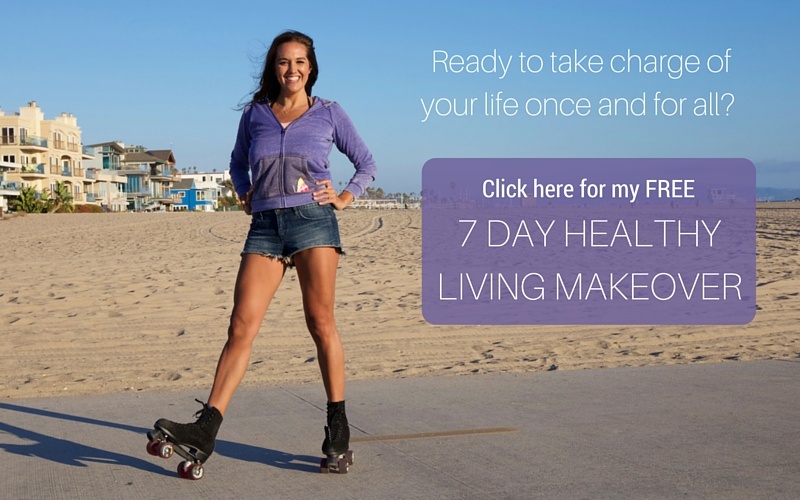

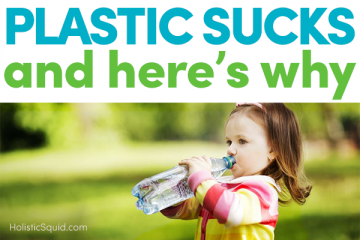
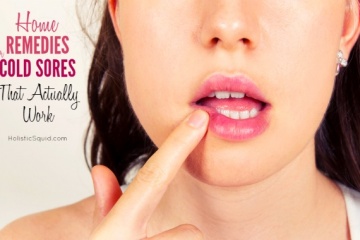
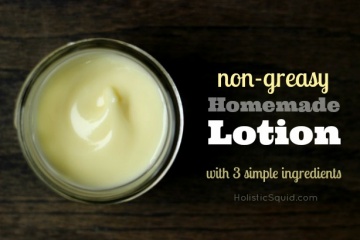
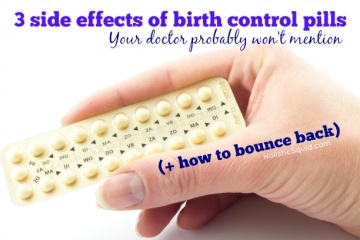
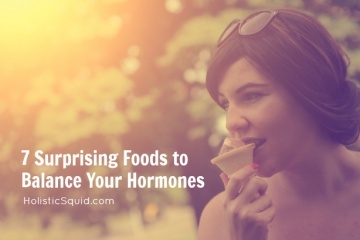
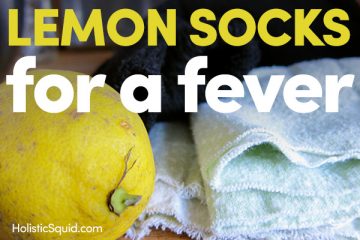
Can you explain why Nalgene bottles, or #7 plastics are always bad, even if they don’t contain BPA anymore? I thought Nalgene and other big water bottle companies phased it out. Certainly the ones I own are labeled as BPA free. Obviously glass is best, but sometimes plastic is safer when you have kiddos on sports teams etc. Those silicone sleeves aren’t perfect 🙂
Hi Belle – if it is labeled as BPA free then it should be fine, but older #7 plastic (which may still be circulating in use) can leach BPA.
I concur. I found myself horrified recently when offered a bottle of water at my father’s home- I tried not to show it and offend anyone. I fell back on self-effacing humor to get my point across.
Ok, so….what do you use to replace plastic in the kitchen? I know it’s bad….but I use it because its the only solution I know for many things in the kitchen. Specifically, in the freezer. I buy many things in bulk, and ziplock and food saver bags make it work…foil doesn’t cut it, I’ve tried!
We use glass tupperware to store all of our leftovers. They work wonderful in the freezer as well. They are a bit pricey but they will last forever unlinke plastic tupperware.
Do you have any ideas or suggestions for my breast milk? I have glass bottles that fit on my pump, but all the other parts of the pump are plastic. Also, I pump and freeze milk for my little one while I’m at work and all the bags are plastic. Are there any other options? It’s so frustrating!
Hi Dawne, thanks for your question. Luckily the plastic in the pumps and breastmilk bags are BPA free. It would be great if the plastic parts we’re made out recycled plastic though! I used to freeze breast milk in the glass bottles.